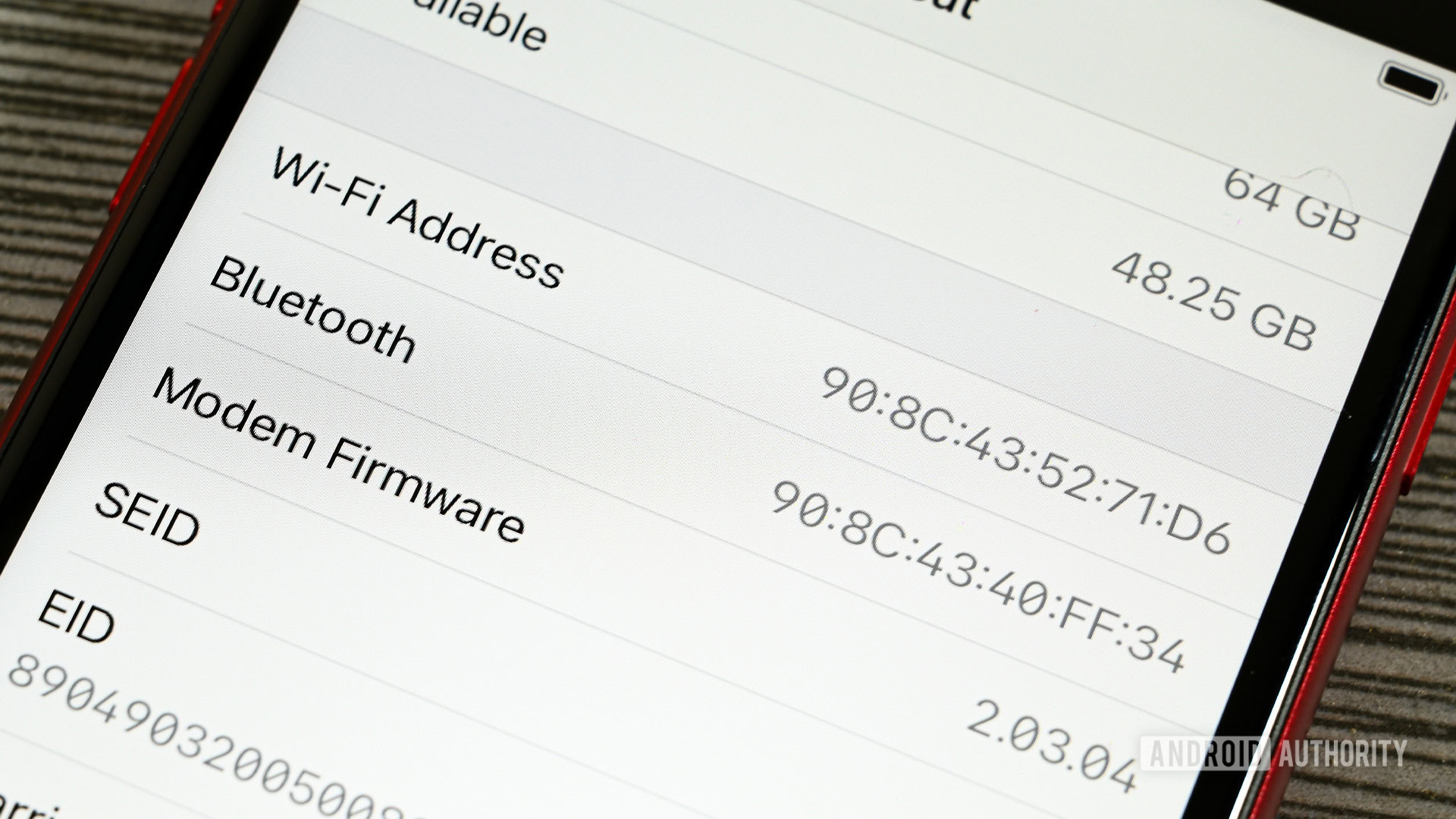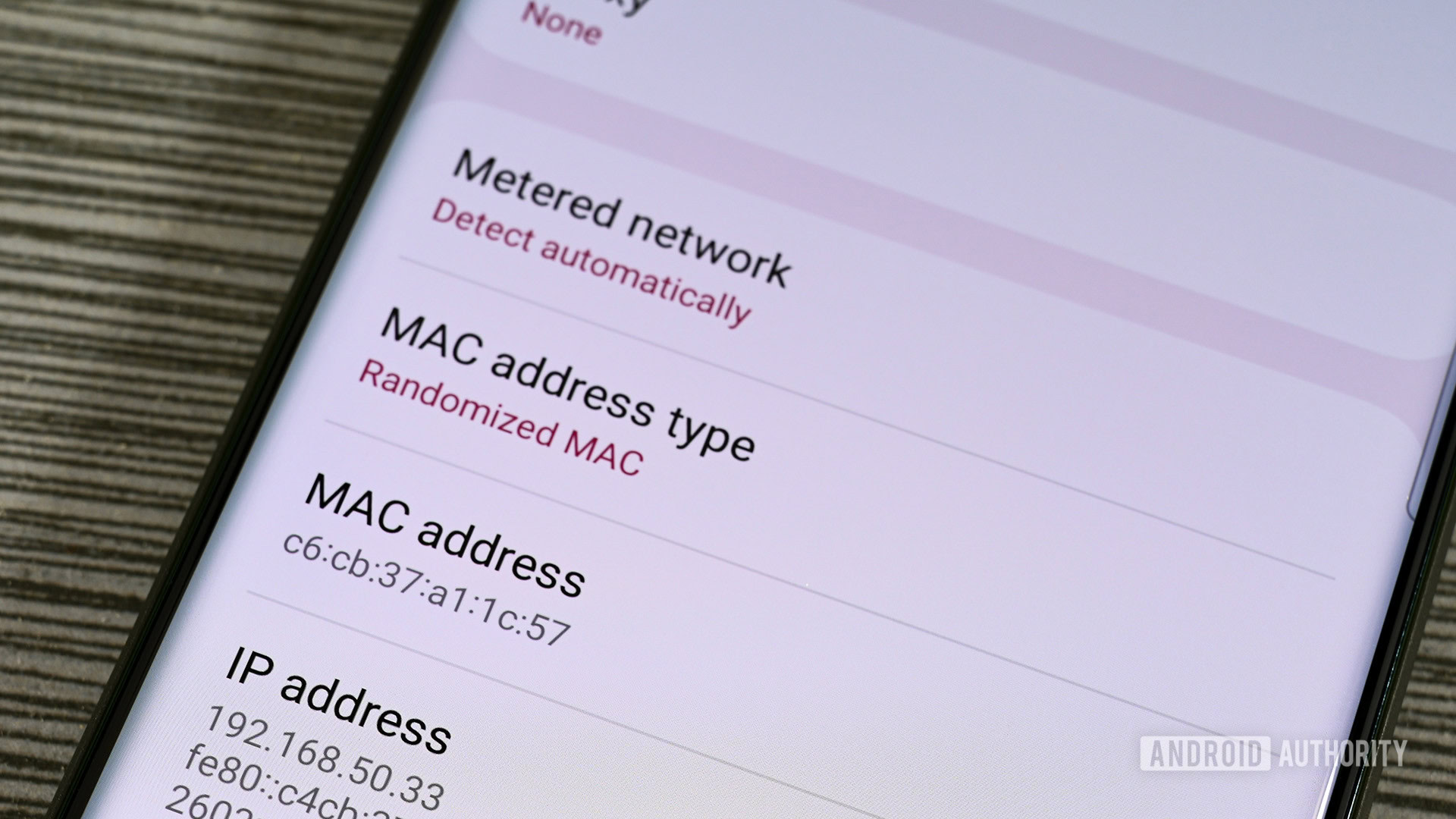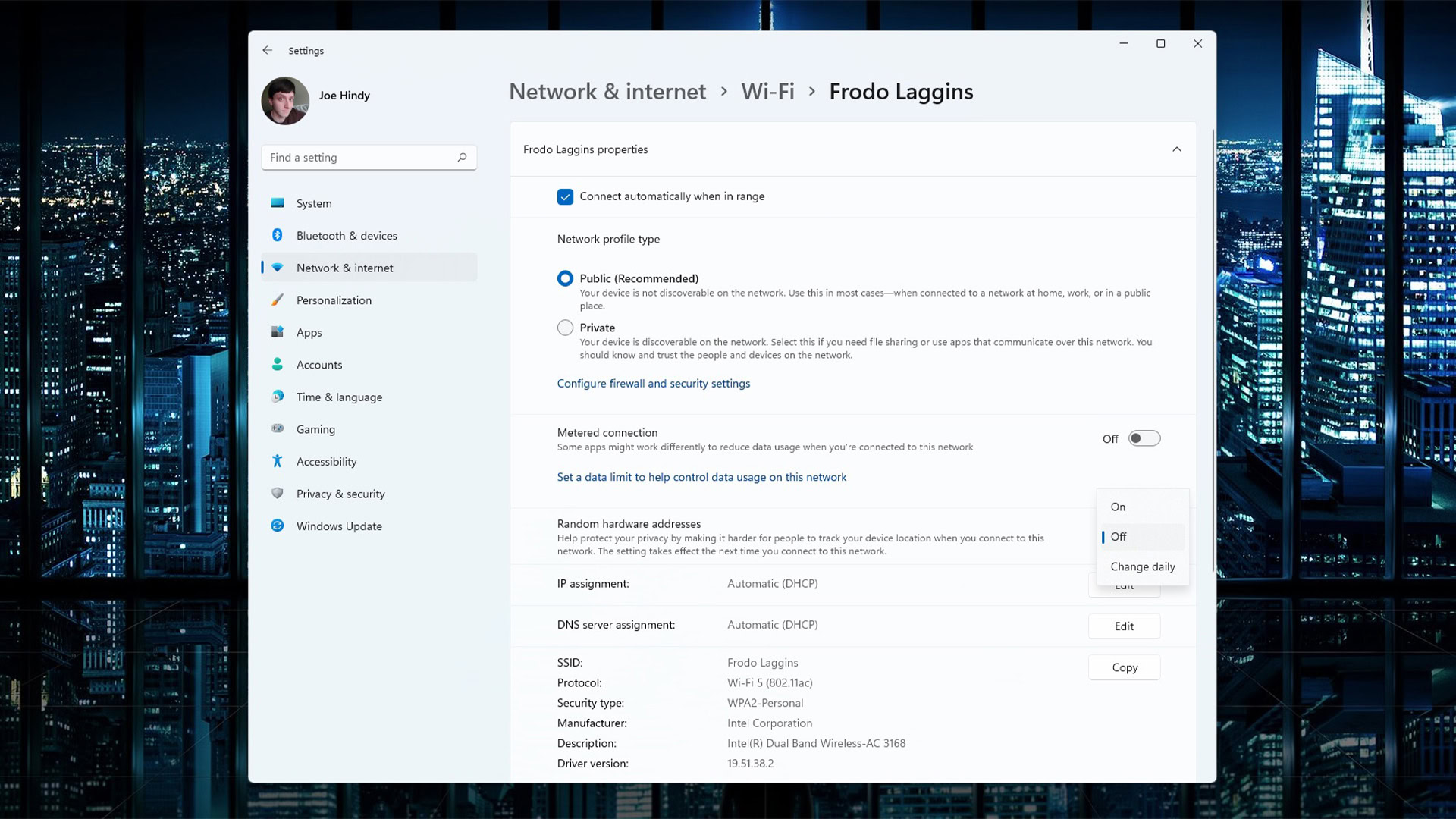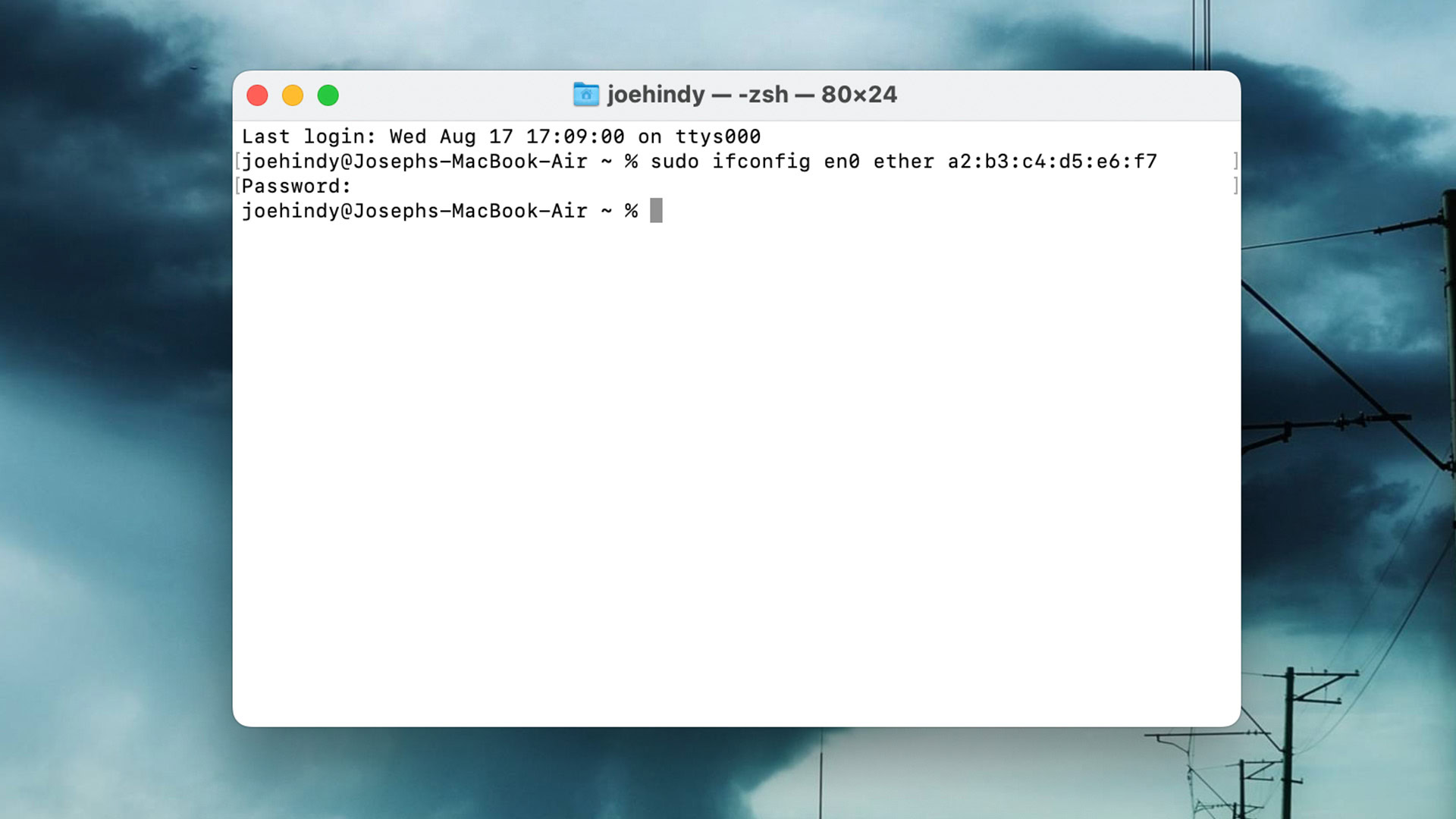Affiliate links on Android Authority may earn us a commission. Learn more.
What is a MAC address? Everything you need to know

A MAC address is a pretty important piece of information. It stands for Media Access Control address, and it also helps identify your machine on a local network. Every device that can connect to the Internet or another device has one, including your phone, computer, smart TV, Bluetooth speakers, smart home tech, etc. We’ll discuss what a MAC address is and what it does more in-depth below.
QUICK ANSWER
A MAC address, or Media Access Control address, is a hardware identifier that helps you find your device on a local network. Every device connected to the Internet has one. It's hardcoded to your network interface controller (NIC), which is the device that connects your machine to the Internet.
JUMP TO KEY SECTIONS
What is a MAC address?

A MAC address is a unique identifier that helps identify your machine on any network. Think of it like a license plate and think of a network like a parking lot. There are a lot of cars in a parking log, but only one of them has your license plate number. The same rings true with a MAC address. Even if there are hundreds of devices on a network, yours can still be picked out from the crowd using a MAC address.
Most devices have multiple MAC addresses as well. Each method a device connects to the Internet or another device has its own MAC address. So, for example, my Bluetooth-enabled laptop has three MAC addresses. They are for Bluetooth, Wi-Fi, and ethernet connections.
In general, the MAC address is hardcoded into your device’s network interface controller, or NIC for short. The NIC is the device that handles the job of connecting your phone, computer, smart TV, etc to the Internet. Fun fact, if you switch out your NIC for a different one, it’ll actually change your MAC address.
Here are a couple more common fun facts about MAC addresses:
- They are alphanumeric with 12 digits with very distinctive formatting. An example is A1:2B:C3:4D:E5:6F. It’s been this way since the very beginning, and since there are 248 (or 281,474,976,710,656) possible addresses, we won’t need another method anytime soon.
- Because MAC addresses are permanently assigned at the factory, people commonly refer to them as burned-in addresses or hardware addresses. You can even find MAC addresses printed on stickers directly affixed to some devices.
How does a MAC address work?

As stated in the previous section, MAC addresses work by helping things on your network send data to the correct device. Your phone or computer sends a request for something on the Internet. When your router receives that data, it uses your MAC address to know where to send the data. You would expect the explanation to be more complicated, but that’s really it.
However, there are some nuances. MAC addresses are used exclusively to identify a device within the same network as another device. When you connect to something via Bluetooth, the only thing that gets your MAC address is the thing you connected to. Likewise, when you connect to your home Wi-Fi, only devices connected to your home Wi-Fi can see your device’s MAC address.
By and large, with few exceptions, websites and other devices on the Internet can’t see your MAC address. Those entities instead get your IP address. Unlike MAC addresses, IP addresses are not permanent and get assigned when you get online. Thus, few devices should ever actually have an opportunity to see your device’s MAC address.
Can I change my MAC address?

In the previous section, I talk about how few devices ever see your MAC address. The thing is, we connect to a lot more networks than we used to. Mobile cell signals pair us with hundreds of people at the same tower. That’s not so bad. Public Wi-Fi, on the other hand, does expose your MAC address to other people.
Thus, some folks may want to change their MAC address in order to obfuscate their devices from those around them. It is possible, and we’ll give you some resources to help you do it if need be.
- Android and iOS — Android and iOS randomize your MAC address natively. Android has done this since Android 10 and iOS since iOS 14. If your phone runs either of those or newer, congrats, your MAC address is already randomized.
- Computers — Windows, Chrome OS, and macOS do not randomize your MAC address by default. However, we have a tutorial here that can show you how can change the MAC address on those platforms.
- Most other devices — Randomizing MAC addresses on other devices isn’t really necessary. Smart home tech only connects to your home Wi-Fi, whereas things like Bluetooth headphones only connect to your computer or phone. That makes them very difficult to find by outside parties.
In short, it’s not a huge security risk, and it’s not something you typically need to worry about. However, there are methods to spoof your MAC address if you really want to.
Read more: How to recover data from a hard drive on Windows or Mac
FAQ
Sometimes. Mobile devices make it hard since modern versions of Android and iOS randomize your MAC address. However, there is such a thing as Organizationally Unique Identifiers that allow some ne’er-do-wells to know what a device is just based on its MAC address. Hit the above link to learn more.
Typically, it’s under your connection settings. It’s usually referred to as a MAC address but can sometimes be a hardware address. On iOS, it’s called Wi-Fi Address and Bluetooth Address.
In short, a MAC address is a hardware address hardcoded into a device that your router uses to know where to send Internet data across a local network. An IP address is a software address assigned by your router and ISP for use on the World Wide Web.
It is possible, yes, but it’s not easy. Most modern operating systems have a MAC randomization function that you can turn on when you’re on public Wi-Fi. That makes it very difficult for hackers to identify your device. Even if they get your MAC address, they can only really do anything with it if you and the hacker are connected to the same network at the same time.